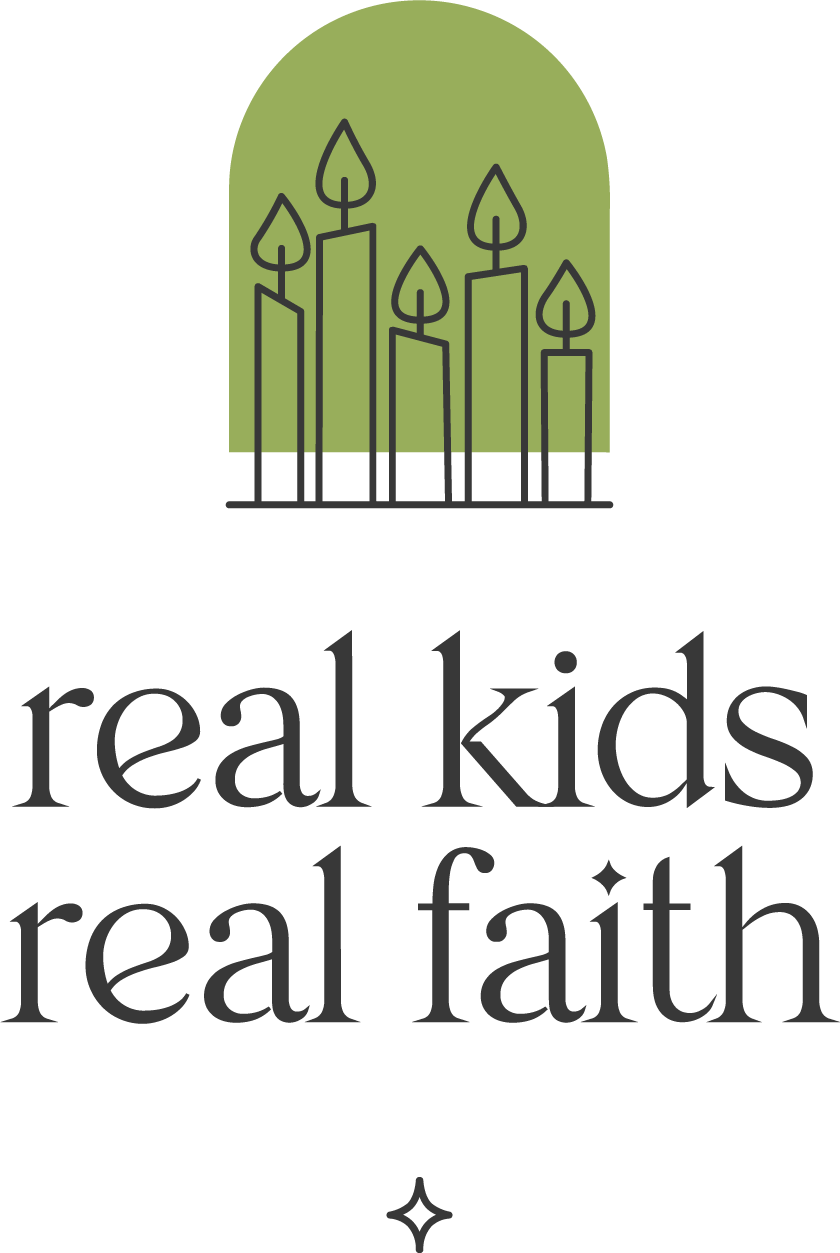“Oooh…the skeletons’ bones clattered in the dark night as they rose from the graveyard and began to march. The moonlight made them glow eerily as they moved with purpose. They had their orders. They would search all night, looking for trick-or-treaters to capture and bring back to their lair.”
Telling ghost stories is a hallmark of Halloween. There’s something about the anticipation and experience of being scared that appeals to children and adults alike. It creates an emotional bond between the storyteller and the listeners. Each person feels connected through an imaginative journey into the unknown.
Build on this storytelling tradition by inviting children to tell scary stories together in a story circle. Developed by religious educator Mary Hess, a story circle helps kids build empathy for each other through listening carefully to others’ stories. As one child talks, others listen for the facts, feelings, and values embedded in their narrative.
Try one of these Halloween variations of the classic story circle method:
Scary things. Tell a short story in response to the prompt, “Something that scares me about Halloween is….” Focus mainly on information about the thing or situation that you find scary. As you talk, invite children to listen for the facts or actions that are included in your story. Encourage them to share that factual information aloud once you finish talking. Then retell the story, adding in details about your feelings when you encounter this scary thing. Invite children to listen for the feelings and share what they hear. Tell the story a third time, emphasizing the values that shape your story. These might include beliefs such as everyone should feel safe in their own home, all people should be able to speak up when they feel threatened, or working together helps solve problems. Invite children to listen for and share the values they hear.
I’m scared. Invited children to tell stories in response to the prompt: “I feel scared when….” As each child talks, invite one listener to pay attention to the facts in the story, another to listen for feelings, and a third to notice values. (If you have more than four people, divide the group into three sets of listeners.) Encourage listeners to share what they heard with one another, then invite another child to tell their story.
Halloween fright. Pretend you are a Halloween ghoul. Tell a story in character responding to the prompt: “I like to scare people because….” Build in facts about how you scare others, share how being scary feels, and include some reasons why you believe being scary is a great vocation. Encourage children to listen for facts, feelings, and values, and then share what they heard when you finish the story. Invite them to tell their own Halloween character stories, using the same prompt. (Or, if being scary is too scary, use a different prompt, such as “I like trick-or-treating because….” or “I like being out after dark because….”)

Comments